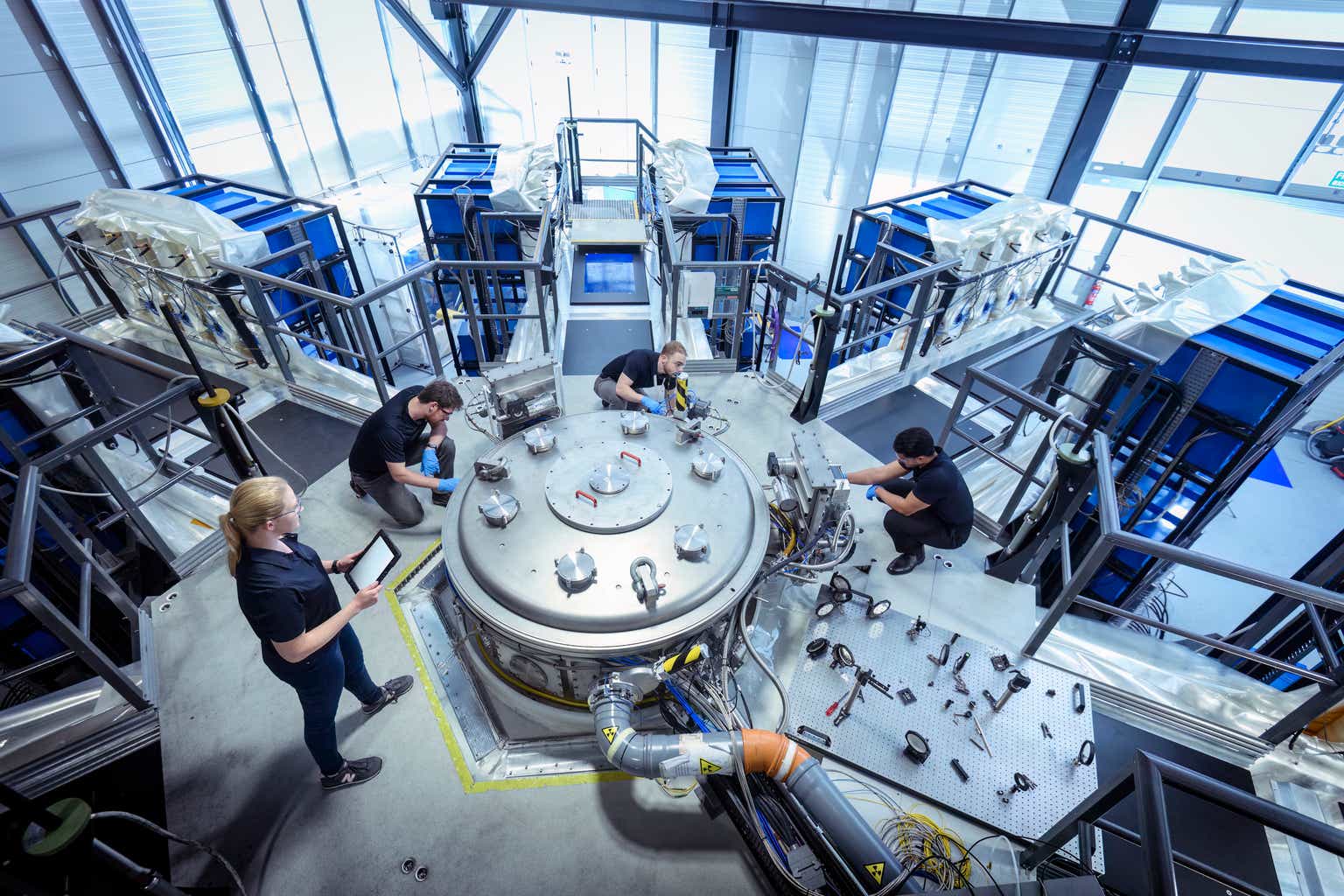Kiwi Conductor Finds Relief: Groundbreaking Tech Helps Manage Parkinson's and Keep the Music Flowing

For many, the graceful movements of a conductor leading an orchestra are a thing of beauty. But for those living with Parkinson’s disease, those movements can become a constant struggle. Now, a Kiwi music conductor is finding renewed hope and the ability to continue his passion thanks to a remarkable new technology: deep brain stimulation (DBS).
Parkinson’s disease is a progressive neurological disorder affecting movement. It’s characterised by tremors, rigidity, and slowness of movement, all of which can significantly impact a conductor’s ability to effectively lead an orchestra. Until recently, treatment options have primarily focused on managing symptoms with medication, which often comes with side effects and can lose effectiveness over time.
Enter deep brain stimulation. This isn't a new concept, but advancements in the technology and its application are making a real difference for patients like our Kiwi conductor. Essentially, DBS involves the surgical implantation of thin electrodes into specific areas of the brain. These electrodes are connected to a small, battery-powered device, similar to a pacemaker, which is typically implanted under the skin in the chest.
How Does it Work?
The beauty of DBS lies in its ability to modulate the abnormal brain activity that causes Parkinson’s symptoms. The device delivers carefully calibrated electrical impulses to targeted brain regions, helping to regulate movement and reduce tremors. Unlike medication, DBS doesn't simply mask the symptoms; it addresses the underlying neurological dysfunction.
A Kiwi Success Story
While our conductor prefers to remain anonymous, his story is a powerful testament to the potential of DBS. He had been struggling with increasingly debilitating Parkinson’s symptoms for several years, impacting his ability to conduct with the precision and passion he was known for. After exploring various treatment options, he decided to undergo DBS surgery.
“It’s been life-changing,” he shared. “I can feel the difference immediately. The tremors are significantly reduced, and I have much more control over my movements. I’m able to focus on the music again, rather than fighting my own body.”
The Procedure & Recovery
The DBS procedure is complex and requires a team of highly skilled neurosurgeons and neurologists. It’s typically performed under general anaesthetic and involves careful planning using advanced imaging techniques to ensure precise electrode placement. Post-operative recovery involves programming the device to optimise its effectiveness and minimise any potential side effects. This programming is an ongoing process, with adjustments made over time to meet the individual patient’s needs.
Looking Ahead
Deep brain stimulation is not a cure for Parkinson’s disease, but it can dramatically improve the quality of life for many patients. As technology continues to evolve, DBS is likely to become an even more refined and accessible treatment option. For our Kiwi conductor, it’s a chance to continue sharing his love of music with the world, proving that even in the face of a challenging diagnosis, passion and innovation can prevail. This offers a beacon of hope for others battling Parkinson's in New Zealand and beyond.
Disclaimer: This article is for informational purposes only and does not constitute medical advice. Please consult with a qualified healthcare professional for any health concerns or before making any decisions related to your health or treatment.






